If you’re experiencing dizziness or vertigo, it’s important to get to the root cause of the problem. Dr. Anita Bhandari’s Vertigo and Ear Clinic offers advanced diagnostic testing and treatment for balance and dizziness issues. Equipped with state-of-the-art technology, our clinic has a trained team to assess your balance system to identify disorder leading to vertigo or dizziness.
We offer a variety of advance tests to evaluate the functional status of your balance. These tests help us to know if any part of your vestibular system (which is responsible for balance) is not functioning properly. Given Below are some of the key tests we perform
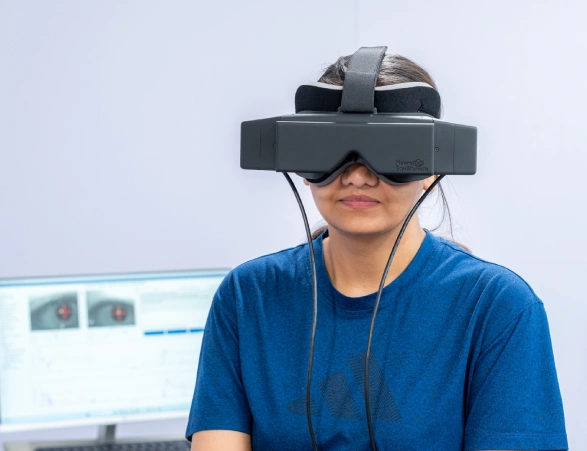

This test uses infrared camera which are placed in goggles to track eye movement. This test helps evaluate the functioning of your vestibular-ocular reflex, which is responsible for keeping your eye steady when your head moves. During VNG, we check for:
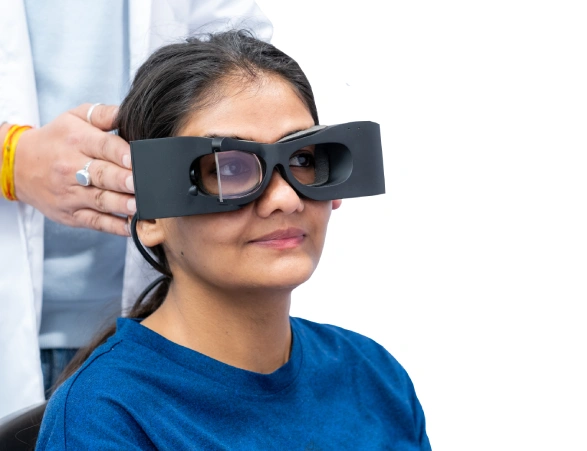

VHIT is a quick and effective test that evaluates the function of all six semicircular canals in the inner ear. It measures how well your eyes stabilize when your head moves quickly in different direction.
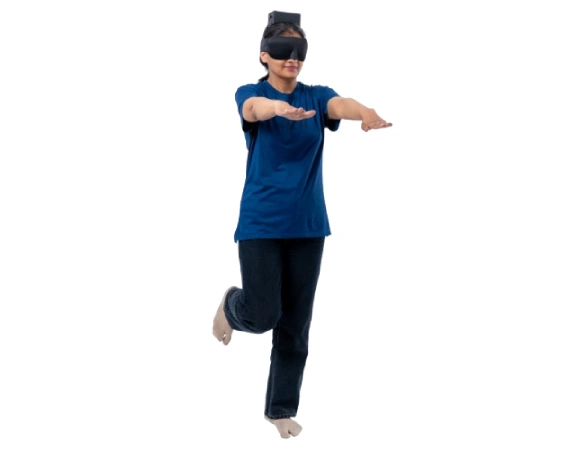

This test allows us measure your body postural control during movement, this includes the following test-
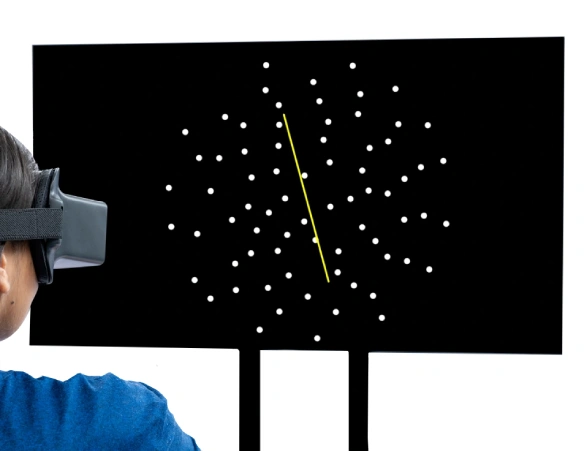

This test helps us determine how well you can comprehend the “Vertical” or upright position of an object. We look for any abnormal tilt in how you see things, which can indicate issues with your vestibular system (inner ear) or central nervous system. The SVV is helpful for:
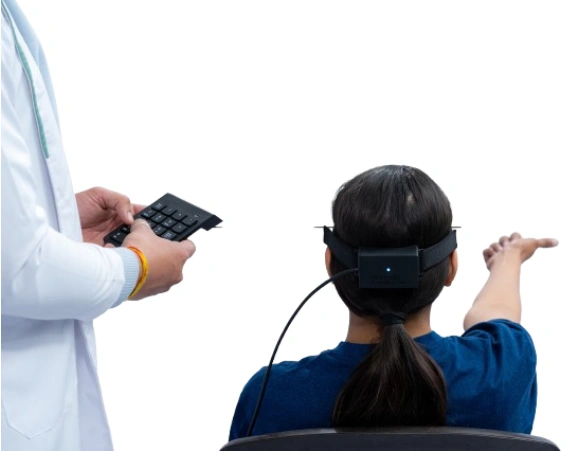

This test checks your ability to focus on moving objects while your head is in motion. It is one the earliest test to detect vestibulotoxicity which may be associated with ototoxic medicine by the ‘mycin’ antibiotics, anti-TB Medication and chemotherapy. It is also a useful rehabilitation tool.
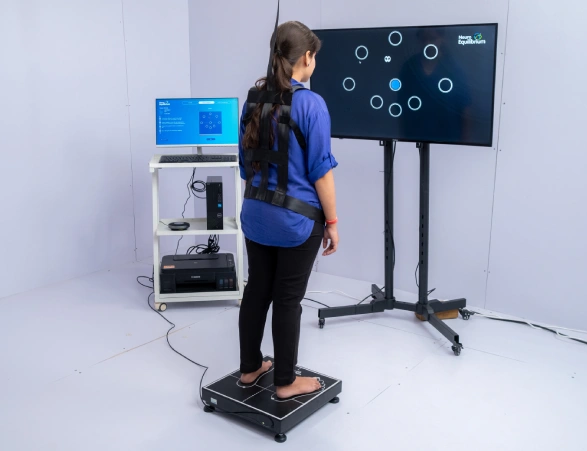

Stabilometry measure how well you can maintain balance in steady position. This test is helpful in giving a subjective measurement of your postural control. It is used in vestibular rehabilitation and a useful tool to track the progress of rehabilitation.
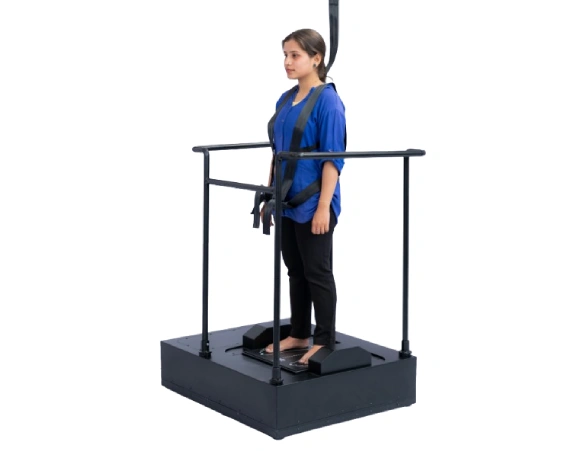

CDP assesses how well your body controls balance during dynamic movements. It helps us understand which balance strategies your body uses and identifies any weaknesses, which allows us to customize a rehabilitation plan tailored to your needs. This test involves subjecting the patient to unpredictable perturbation and measure low stability is maintained.
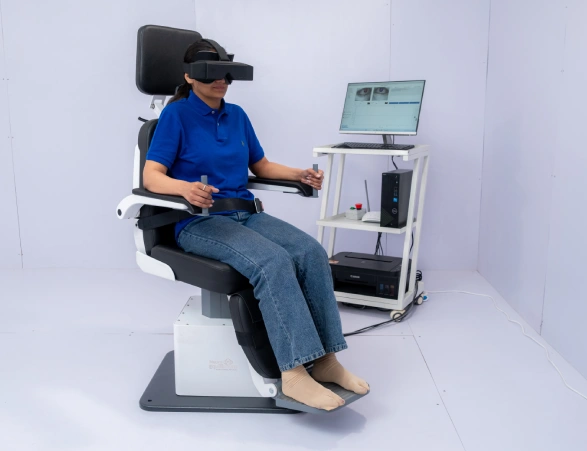

This test is done in a rotating chair, as the name suggests. The patient wears VNG Goggles to track the eye movement during different kind of rotatory tests. This is especially useful in children and older adults. The Rotary Chair is considered to be the ‘Gold Standard’ test for identification of Bilateral Peripheral Vestibulopathy.
Finding the cause of vertigo or dizziness often require multiple tests and a team of specialists including ENT doctor, neurologists and psychiatrists. At our clinic, we take a multidisciplinary approach to accurately and treat your condition.
Why Choose Us?
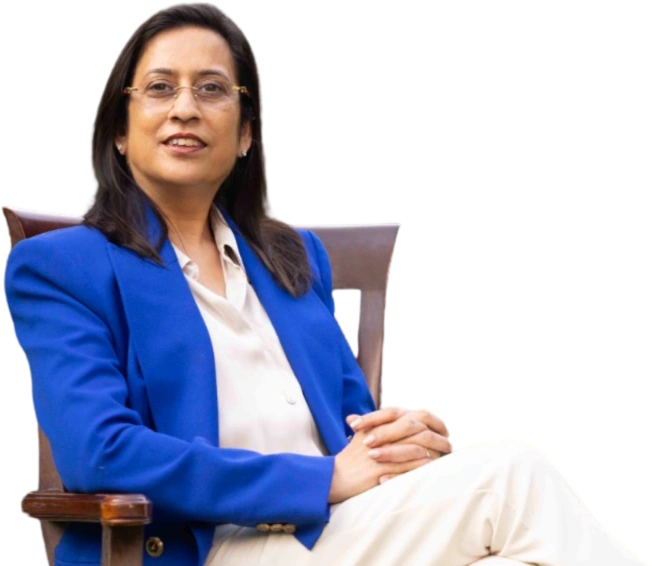
Our team of experienced audiologists and otologists uses the latest diagnostic tools and evidence-based treatments to provide personalized care and superior outcomes for our patients.
Our team of experienced audiologists and otologists uses the latest diagnostic tools and evidence-based treatments to provide personalized care and superior outcomes for our patients.
Our team of experienced audiologists and otologists uses the latest diagnostic tools and evidence-based treatments to provide personalized care and superior outcomes for our patients.
Our team of experienced audiologists and otologists uses the latest diagnostic tools and evidence-based treatments to provide personalized care and superior outcomes for our patients.
Our team of experienced audiologists and otologists uses the latest diagnostic tools and evidence-based treatments to provide personalized care and superior outcomes for our patients.